Major Exhibition Traces the History of Pastel in Art at National Gallery of Art, September 29, 2019, through January 26, 2020
William Merritt Chase, Study of Flesh Color and Gold, 1888, pastel on paper coated with mauve-gray grit (on strainer), overall: 45.7 x 33 cm (18 x 13 in.), National Gallery of Art, Washington, Gift of Raymond J. and Margaret Horowitz.
Washington, DC—In a major new exhibition opening this fall, the National Gallery of Art will examine the beauty and depth of pastel, tracing its rich history from the Renaissance to the present day. The Touch of Color: Pastels at the National Gallery of Art will feature some 70 exquisite examples drawn entirely from the Gallery’s permanent collection, including many works never before exhibited. The Touch of Color opens on September 29, 2019, and continues through January 26, 2020.
“The Touch of Color is a chance for our visitors to experience the marvelous qualities of pastel in the hands of great artists,” said Kaywin Feldman, director, National Gallery of Art. “The Gallery’s pastel collection is remarkably deep, with nearly every major period in the medium’s long, full history represented. The strength of the collection gives us a rare opportunity to present an exhibition of this scope and significance.”
The Touch of Color: Pastels at the National Gallery of Art examines how artists through the centuries adopted different techniques and approaches to pastel, experimenting with this colorful and versatile medium to achieve exciting, often unexpected effects. With a single stroke of a pastel stick, the artist applies both color and line. The line can be left intact or smudged to create passages of velvety tone. Finished works range from the richly illusionist pastel “paintings” of the 18th century to the diaphanous sketches and colorful abstractions of the 19th and 20th centuries.
The origins of pastel date to the Renaissance and are linked with colored chalk, a naturally occurring substance mined in a limited range of colors. Pastel is formed using powdered pigment and a binding medium. The exhibition opens with a section on this early period, including preparatory sketches by Federico Barocci and Jacopo Bassano who used pastel and colored chalk to plan the distribution of light and color in their studies for oil paintings.
German 16th century (Augsburg), Portrait of a Man Wearing a Hat with a Medallion, 1520/1540, colored chalks on laid paper, overall: 20.4 x 20.3 cm (8 1/16 x 8 in.), National Gallery of Art, Washington, Woodner Collection
Lagneau, Bust of an Old Woman Wearing a Head Scarf, c. 1625, black chalk and colored chalks on laid paper,overall: 32.7 x 22.8 cm (12 7/8 x 9 in.), National Gallery of Art, Washington, Andrew W. Mellon Fund
Jacopo Bassano, The Mocking of Christ, 1568, colored chalks on blue laid paper, overall: 41.3 x 52.5 cm (16 1/4 x 20 11/16 in.), National Gallery of Art, Washington, Andrew W. Mellon Fund
Benedetto Luti, Head of a Bearded Man, 1715, pastel and colored chalks(?) on laid paper; laid down, sight size: 32.2 x 26.4 cm (12 11/16 x 10 3/8 in.), National Gallery of Art, Washington, Julius S. Held Collection, Ailsa Mellon Bruce Fund
Artists found pastel ideal for depicting the soft textures of human skin and sumptuous fabric. Early 18th-century artists such as Rosalba Carriera used the medium almost entirely for highly finished portraits. Carriera’s studio in Venice became a tourist attraction as aristocrats on the Grand Tour visited to commission portraits or admire the examples on view. Two of her works—Allegory of Painting (1730s) and Sir John Reade, Bart. (1739) are featured in the exhibition.
Rosalba Carriera, Allegory of Painting, 1730s, pastel on blue laid paper mounted on canvas (on strainer), overall: 44.3 x 34.1 cm (17 7/16 x 13 7/16 in.), National Gallery of Art, Washington, Samuel H. Kress Collection
Rosalba Carriera, Sir John Reade, Bart., 1739, pastel, overall: 58 x 46 cm (22 13/16 x 18 1/8 in.), National Gallery of Art, Washington, Samuel H. Kress Collection
By the mid-18th century, French pastelists had reached unprecedented levels of technical brilliance. Foremost among them was Maurice-Quentin de La Tour, whose portrayal of his teacher, Claude Dupouche (c. 1739), exemplifies his dazzling skill. La Tour was renowned for his ability to mimic textures ranging from the glint of metal to the glow of satin and for the immediacy of his portraits, which appear to capture his sitters in mid-conversation. Several French women, including Adélaïde Labille-Guiard, followed Rosalba’s example and became successful pastelists.
Maurice-Quentin de La Tour, Claude Dupouch, c. 1739, pastel on blue laid paper mounted on canvas (on stretcher/strainer), overall: 59.4 x 49.4 cm (23 3/8 x 19 7/16 in.), National Gallery of Art, Washington, Samuel H. Kress Collection
Jean-Étienne Liotard, An Elegant Young Woman in Maltese Costume, c. 1744, pastel with touches of white gouache on parchment (stretched around wood), overall: 82.9 x 53.8 cm (32 5/8 x 21 3/16 in.), National Gallery of Art, Washington, Patrons' Permanent Fund and New Century Fund
Pietro Rotari, An Elegant Young Lady with a Lace Cap, 1750/1756, pastel on fabric prepared with a beige ground and wrapped around a wood strainer, sheet: 46.8 x 36.1 cm (18 7/16 x 14 3/16 in.), National Gallery of Art, Washington, The Ahmanson Foundation
Jean-Baptiste Perronneau, Portrait of a Man, c. 1757, pastel on blue laid paper, mounted on canvas (on strainer/stretcher), overall: 55.4 x 45.5 cm (21 13/16 x 17 15/16 in.), National Gallery of Art, Washington, Woodner Collection
Jean-Baptiste Greuze, The Well-Loved Mother, 1765, pastel with colored chalks and stumping on light golden-brown laid paper, overall: 44 x 32.2 cm (17 5/16 x 12 11/16 in.), National Gallery of Art, Washington, New Century Fund
Adélaïde Labille-Guiard, A Fashionable Noblewoman Wearing a Plumed Hat, c. 1789, pastel on blue laid paper mounted on canvas (on strainer/stretcher), overall (oval): 55 x 46 cm (21 5/8 x 18 1/8 in.), National Gallery of Art, Washington, New Century Fund
The craze for pastels spread to Britain where it was fueled by travelers as they arrived home from the Grand Tour with portraits by Rosalba or Hugh Douglas Hamilton, who is represented here by the spectacular full-length Frederick North, Later Fifth Earl of Guilford (1780s). Artists such as John Russell later marketed smaller and more intimate pastels to middle-class patrons. Pastel was perfect for portraits: as a dry medium, it was faster, cleaner, and more portable than oil paint; fewer sittings were required and artist could easily travel to patron. Finished works, their entire surfaces coated with velvety pastel, were considered paintings rather than drawings. Although nearly all pastels from this period are portraits, this section includes a pair of rare still lifes by Antoine Berjon, acquired by the Gallery earlier this year.
John Singleton Copley, John Temple, 1765, pastel on tan laid paper mounted on canvas (on strainer), overall: 59.7 x 40 cm (23 1/2 x 15 3/4 in.), National Gallery of Art, Washington, Patrons' Permanent Fund
Hugh Douglas Hamilton, Mary Fox, c. 1770, pastel on laid paper, overall (oval): 25 x 20 cm (9 13/16 x 7 7/8 in.), National Gallery of Art, Washington, Gift of Arthur L. Liebman
Daniel Gardner, Charlotte, Lady Watkin Williams-Wynn, c. 1775, pastel with graphite and gouache on laid paper prepared with white ground, sheet: 27.9 x 22.2 cm (11 x 8 3/4 in.), National Gallery of Art, Washington, Ailsa Mellon Bruce Fund
Hugh Douglas Hamilton, Frederick North, Later Fifth Earl of Guilford, in Rome, late 1780s, pastel and gouache(?) on paper mounted to canvas (on strainer/stretcher), overall: 95 x 68 cm (37 3/8 x 26 3/4 in.), Gallery of Art, Washington, Gift of the 50th Anniversary Gift Committee
Attributed to Ellen Sharples, John Bard, c. 1793–1801, pastel on gray wove(?) paper, Overall: 24.2 x 18.9 cm (9 1/2 x 7 7/16 in.), framed: 31.1 x 26 x 4.1 cm (12 1/4 x 10 1/4 x 1 5/8 in.), National Gallery of Art, Washington, Gift of Louise Alida Livingston
Attributed to Ellen Sharples, Mrs. John Bard, c. 1793–1801, pastel on gray wove(?) paper, overall (approximate): 24.2 x 19.3 cm (9 1/2 x 7 5/8 in.), National Gallery of Art, Washington, Gift of Louise Alida Livingston
Antoine Berjon, Hunting Trophy with Mallard, Partridge, Goldfinches, and Onions, pastel on primed canvas, National Gallery of Art, Washington, Patrons' Permanent Fund
Antoine Berjon, Hunting Trophy with Hare and Bay Leaves, pastel on primed canvas,
National Gallery of Art, Washington, Patrons' Permanent Fund
Pastel fell out of favor early in the 19th century. When artists returned to it later in the century, they broke with traditional approaches. Among the most influential figures was Jean-François Millet, represented in the exhibition by two drawings from the 1860s. The muted colors and expressive hatching of his pastoral scenes represented a radical departure from the meticulous “paintings” of the previous century. Millet’s work helped to inspire an international pastel revival. Pastel’s immediacy appealed to plein-air artists as well as to the impressionists. Claude Monet’s Waterloo Bridge (1901) is one of a series made to study the effects of winter fog on the Thames. Edouard Manet used pastel mainly for portraits, such as Madame Michel-Lévy (1882). The Gallery is particularly rich in the works of Edgar Degas, one of the most creative pastelists. Degas experimented with a wide range of wet and dry techniques and sometimes combined pastels with printmaking, as in Café Concert (1876/1877). Among his other works included here is the breathtaking Young Woman Dressing Herself (1885). Mary Cassatt, Camille Pissarro, and Paul Gauguin are all represented in this section of the exhibition.
Paul Huet, A Meadow at Sunset, c. 1845, pastel on gray-blue paper, overall: 13.5 x 19.5 cm (5 5/16 x 7 11/16 in.), National Gallery of Art, Washington, Purchased as a Gift in Memory of Melvin R. Seiden © André Morin Photographe
Adolph Menzel, An Infant Asleep in His Crib, 1848, pastel and gouache on brown wove paper, sheet: 13.9 x 21.8 cm (5 1/2 x 8 9/16 in.), National Gallery of Art, Washington, Wolfgang Ratjen Collection, Purchased as the Gift of Sharon Percy Rockefeller
Adolph Menzel, The Artist's Sister Emilie, 1851, black chalk and stumping with pastel on brown wove paper, corners pricked, sheet: 31 x 24 cm (12 3/16 x 9 7/16 in.), National Gallery of Art, Washington, Wolfgang Ratjen Collection, Purchased as the Gift of Ladislaus and Beatrix von Hoffmann
Jean-François Millet, Calling Home the Cows, c. 1866, pastel and conté crayon on wove paper, unframed: 22 x 16 1/4 in. (55.9 x 41.3 cm), National Gallery of Art, Washington, Corcoran Collection (William A. Clark Collection)
Jean-François Millet, Falling Leaves, c. 1866, pastel and conté crayon on wove paper, unframed: 14 1/2 x 17 in. (36.8 x 43.2 cm), National Gallery of Art, Washington, Corcoran Collection (William A. Clark Collection)
James McNeill Whistler, The Palace; white and pink, 1879/1880, pastel and black chalk on gray-brown wove paper, sheet: 19.7 x 30 cm (7 3/4 x 11 13/16 in.), framed: 41.91 x 52.07 x 4.13 cm (16 1/2 x 20 1/2 x 1 5/8 in.), National Gallery of Art, Washington, Paul Mellon Fund and Patrons' Permanent Fund
James McNeill Whistler, The Church of San Giorgio Maggiore, 1880, conté crayon and pastel on brown wove paper, sheet: 20 x 29.69 cm (7 7/8 x 11 11/16 in.), National Gallery of Art, Washington, Corcoran Collection (Bequest of James Parmelee)
Edgar Degas, Young Woman Dressing Herself, 1885, pastel over charcoal on tan wove(?) paper mounted on board
overall: 80.1 x 51.2 cm (31 9/16 x 20 3/16 in.), framed: 94.6 x 66 x 5.7 cm (37 1/4 x 26 x 2 1/4 in.),National Gallery of Art, Washington, Gift of the W. Averell Harriman Foundation in memory of Marie N. Harriman
Childe Hassam, Au Grand Prix de Paris (At the Grand Prix de Paris), 1887, pastel over graphite on paperboard, board: 40.48 x 31.75 cm (15 15/16 x 12 1/2 in.), National Gallery of Art, Washington, Corcoran Collection (Bequest of James Parmelee)
Francesco Paolo Michetti, Southern Italian Woman Dressed for Church, 1885/1888, pastel and chalks on faded blue-gray paper, laid down, sheet: 64.5 x 46 cm (25 3/8 x 18 1/8 in.), National Gallery of Art, Washington, Florian Carr Fund and The Ahmanson Foundation
Mary Cassatt, The Black Hat, c. 1890, pastel on tan wove paper, overall: 61 x 45.5 cm (24 x 17 15/16 in.), National Gallery of Art, Washington, Collection of Mr. and Mrs. Paul Mellon
Camille Pissarro, A Peasant Girl in a Straw Hat, c. 1892, pastel over black chalk on laid paper, overall: 60.4 x 34.8 cm (23 3/4 x 13 11/16 in.), National Gallery of Art, Washington, Gift of Evelyn Stefansson Nef and Mr. and Mrs. James T. Dyke
Odilon Redon, Saint George and the Dragon, 1880s and c. 1892, charcoal and pastel on tan wove paper, overall: 53.7 x 37.5 cm (21 1/8 x 14 3/4 in.), National Gallery of Art, Washington, Gift of GTE and the New Century Fund
Paul Gauguin, Reclining Nude [recto], 1894/1895, charcoal, black chalk, and pastel on laid paper, overall: 30.6 x 62.1 cm (12 1/16 x 24 7/16 in.), National Gallery of Art, Washington, Gift of Robert and Mercedes Eichholz, in Honor of the 50th Anniversary of the National Gallery of Art
Claude Monet, Waterloo Bridge, 1901, pastel on blue wove paper, overall: 31.1 x 50.2 cm (12 1/4 x 19 3/4 in.), National Gallery of Art, Washington, Florian Carr Fund
The dual role of pastel as a medium for both painting and drawing inspired new enthusiasm in the works of American artists of the late 19th century. James McNeill Whistler’s ethereal colored sketches of Venice, such as The Palace; white and pink (1879/1880), show how pastel lends itself well to providing highlights of color to subjects sketched in simple lines of graphite or ink. William Merritt Chase and his followers, in contrast, embraced a more painterly approach. In Study of Flesh Color and Gold (1888), Chase took full advantage of the lush texture of pastel by blending it into passages of seamless tone.
By the 20th century pastel had broken free of the expectations of earlier centuries. Artists turned to its intense color and soft opacity in countless different ways. Some 20th-century artists experimented only briefly with pastel before turning to other media, and The Touch of Color includes rare pastels by Käthe Kollwitz, Henri Matisse, and Roy Lichtenstein. Jasper Johns sometimes uses pastel to explore the themes of earlier paintings, as in Untitled (from Untitled 1972) (1975/1976). Finally, in the latest work in the exhibition, Breach (2009), G. Daniel Massad uses this fragile medium to depict crumbling autumn leaves and to evoke his recurring theme of the passage of time.
Odilon Redon, Wildflowers, c. 1905, pastel on brown wove paper coated with sawdust, overall: 64.1 x 50 cm (25 1/4 x 19 11/16 in.),National Gallery of Art, Washington, Gift of Loula D. Lask
Everett Shinn, Fifth Avenue Bus, 23rd Street and Broadway, 1914, pastel and charcoal on paperboard, overall: 48 x 65 cm (18 7/8 x 25 9/16 in.), National Gallery of Art, Washington, Bequest of Julia B. Engel
Everett Shinn, Over the Audience, 1934–1940, pastel on blue laid paper, overall: 28.5 x 37.5 cm (11 1/4 x 14 3/4 in.), National Gallery of Art, Washington, Bequest of Julia B. Engel
Jasper Johns, Untitled (from Untitled 1972), 1975/1976, pastel and graphite on gray Japanese paper, overall: 38.5 x 95.9 cm (15 3/16 x 37 3/4 in.), National Gallery of Art, Washington, Gift of Jasper Johns, in Honor of the 50th Anniversary of the National Gallery of Art
G. Daniel Massad, Breach, 2009, pastel on gray wove paper, image: 42.55 x 41.91 cm (16 3/4 x 16 1/2 in.), framed: 65.41 x 65.09 x 2.86 cm (25 3/4 x 25 5/8 x 1 1/8 in.), National Gallery of Art, Washington, Gift of the Artist in memory of his parents.The exhibition is curated by Stacey Sell, associate curator, department of old master drawings, National Gallery of Art, and Kimberly Schenck, head of paper conservation, National Gallery of Art.
The exhibition is organized by the National Gallery of Art, Washington.
The exhibition is made possible by a generous grant from the Eugene V. and Clare E. Thaw Charitable Trust.

/https%3A%2F%2Fprofilepics.canalblog.com%2Fprofilepics%2F1%2F0%2F100183.jpg)
/https%3A%2F%2Fstorage.canalblog.com%2F03%2F02%2F119589%2F96711876_o.jpg)
/https%3A%2F%2Fstorage.canalblog.com%2F11%2F31%2F119589%2F94773502_o.jpg)
/https%3A%2F%2Fstorage.canalblog.com%2F20%2F83%2F119589%2F94772815_o.jpg)
/https%3A%2F%2Fstorage.canalblog.com%2F26%2F72%2F119589%2F75604929_o.jpg)
/https%3A%2F%2Fstorage.canalblog.com%2F59%2F60%2F119589%2F26458628_o.jpg)




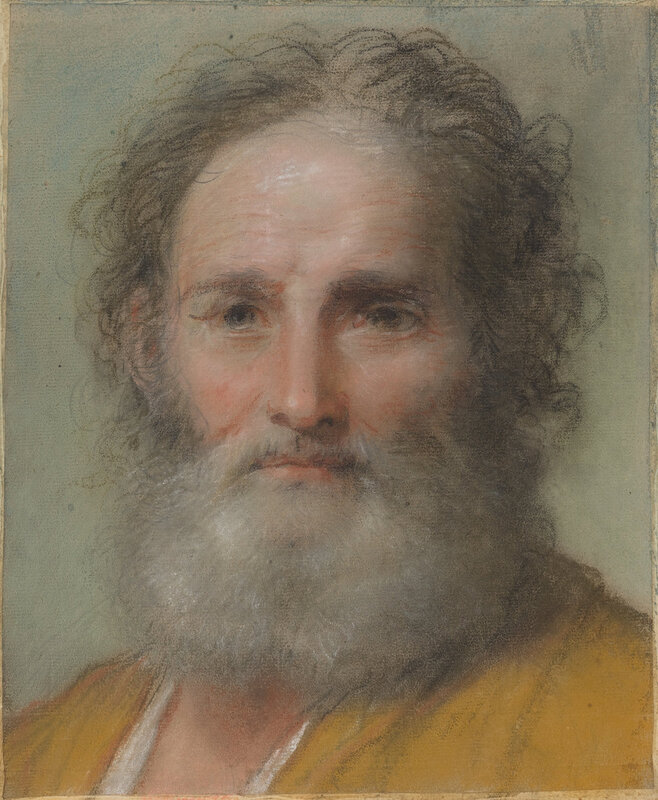




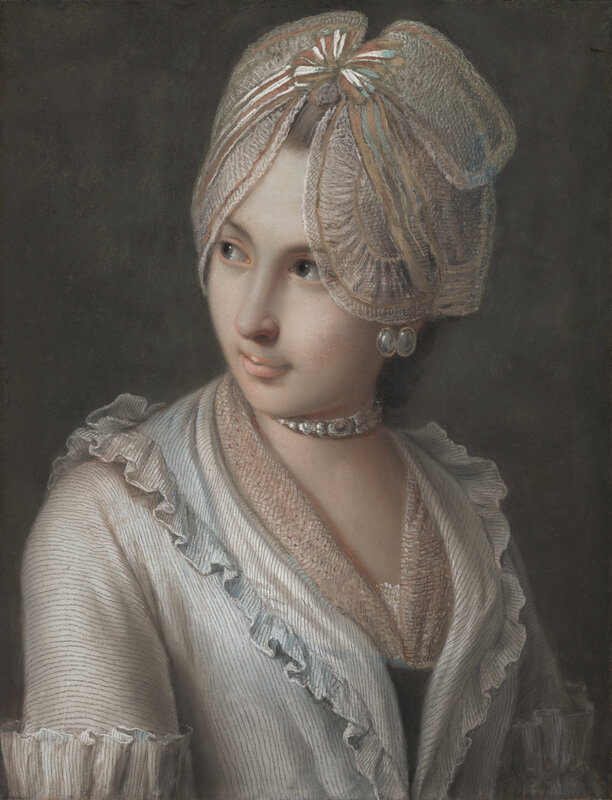

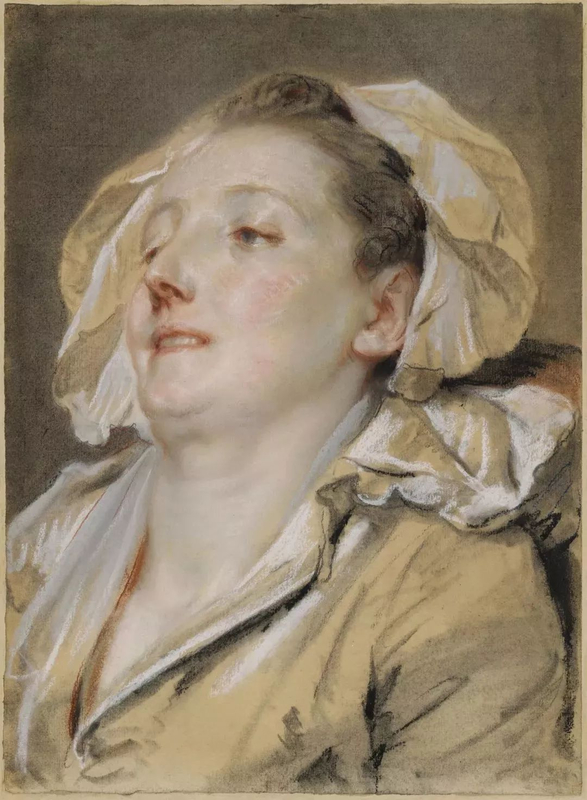



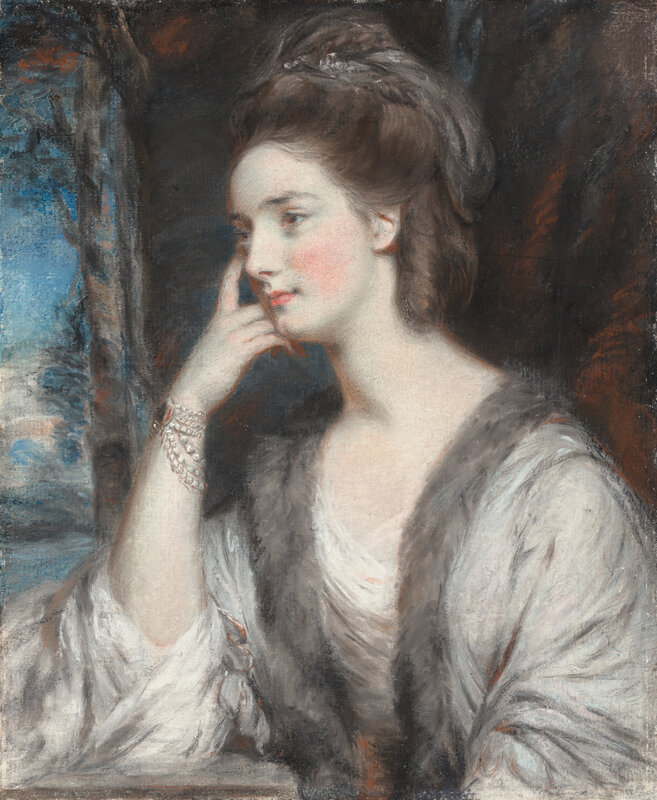


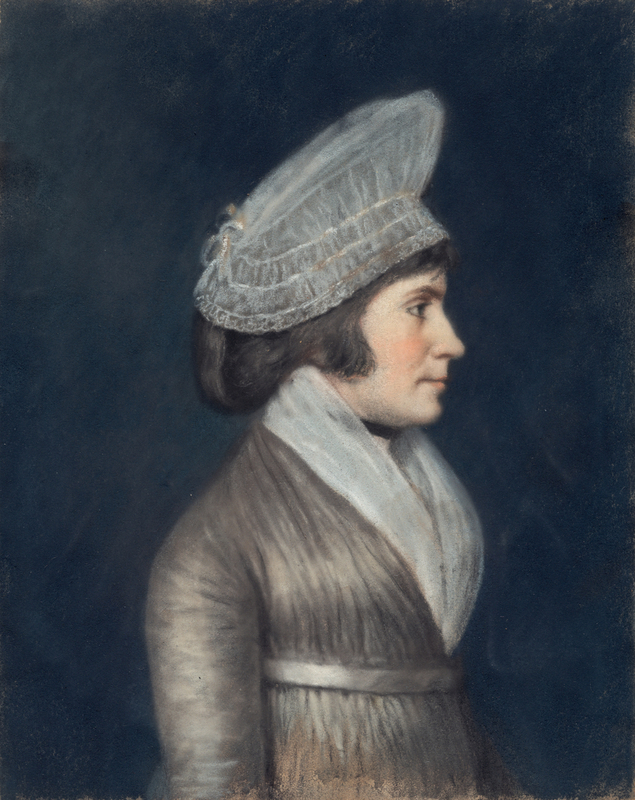
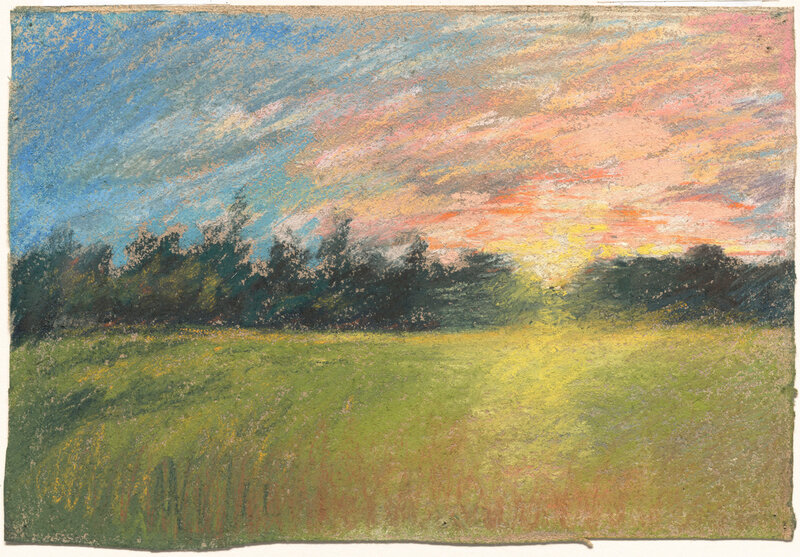
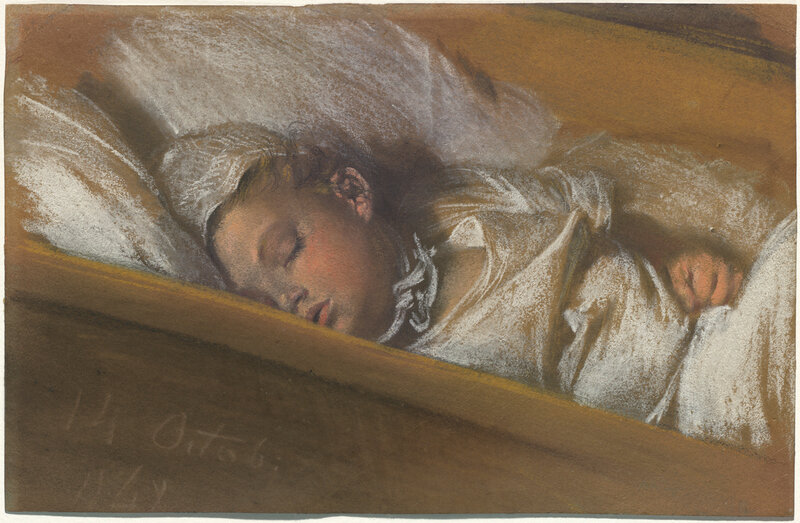


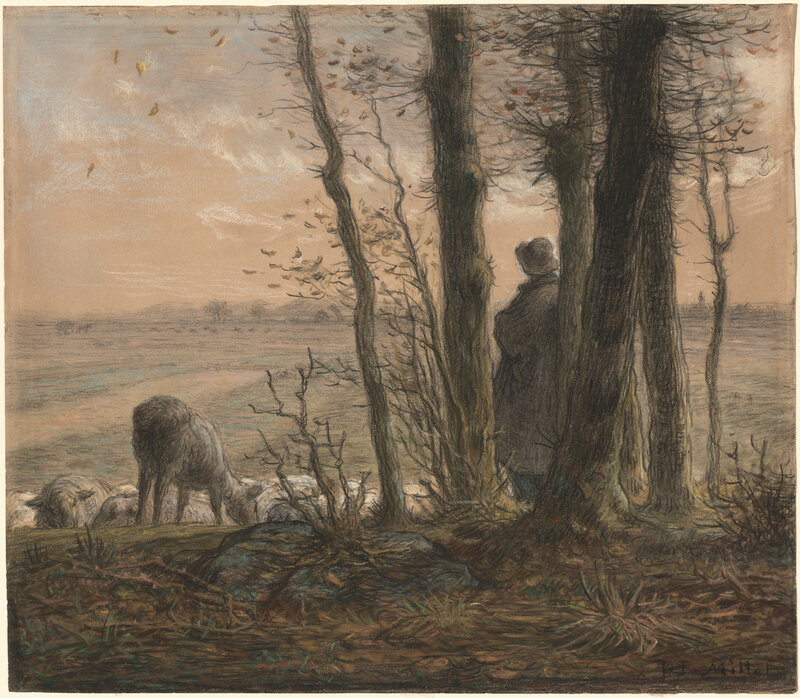


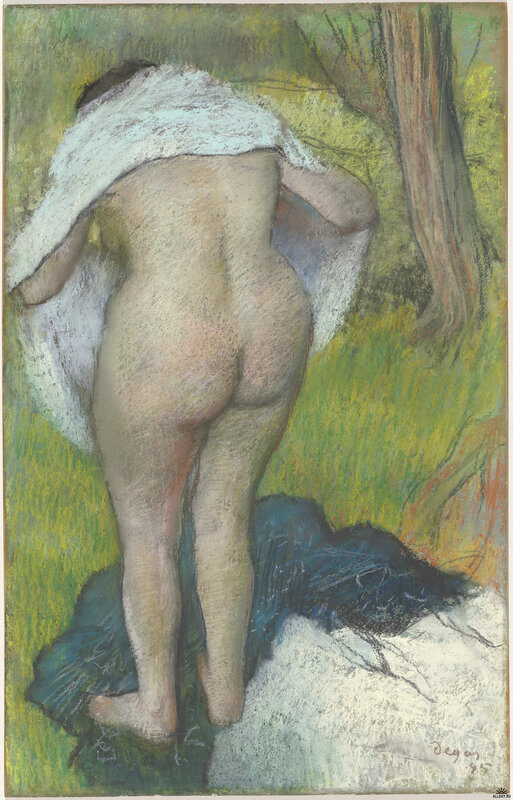


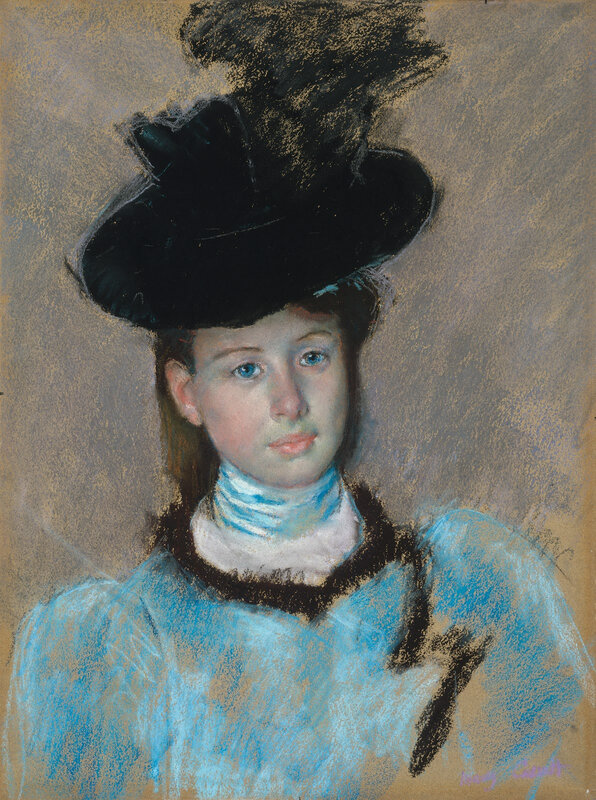

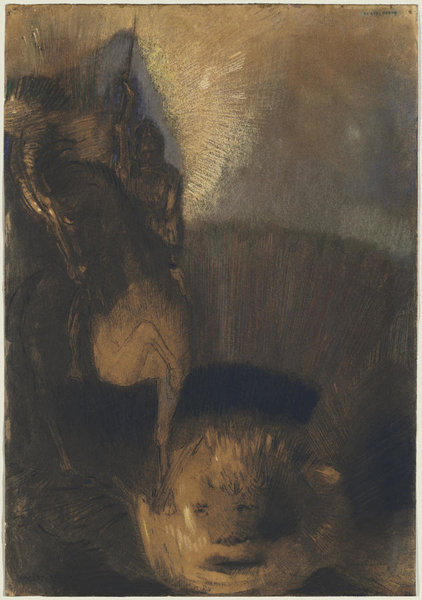

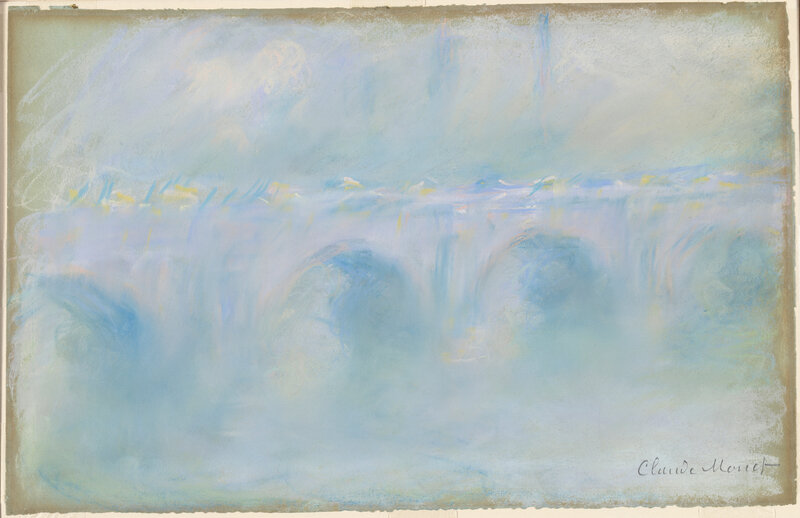







/http%3A%2F%2Fstorage.canalblog.com%2F25%2F77%2F119589%2F129711337_o.jpg)
/http%3A%2F%2Fstorage.canalblog.com%2F84%2F73%2F119589%2F128782095_o.jpeg)
/http%3A%2F%2Fstorage.canalblog.com%2F03%2F74%2F119589%2F126106621_o.png)
/http%3A%2F%2Fstorage.canalblog.com%2F17%2F87%2F119589%2F122324247_o.png)